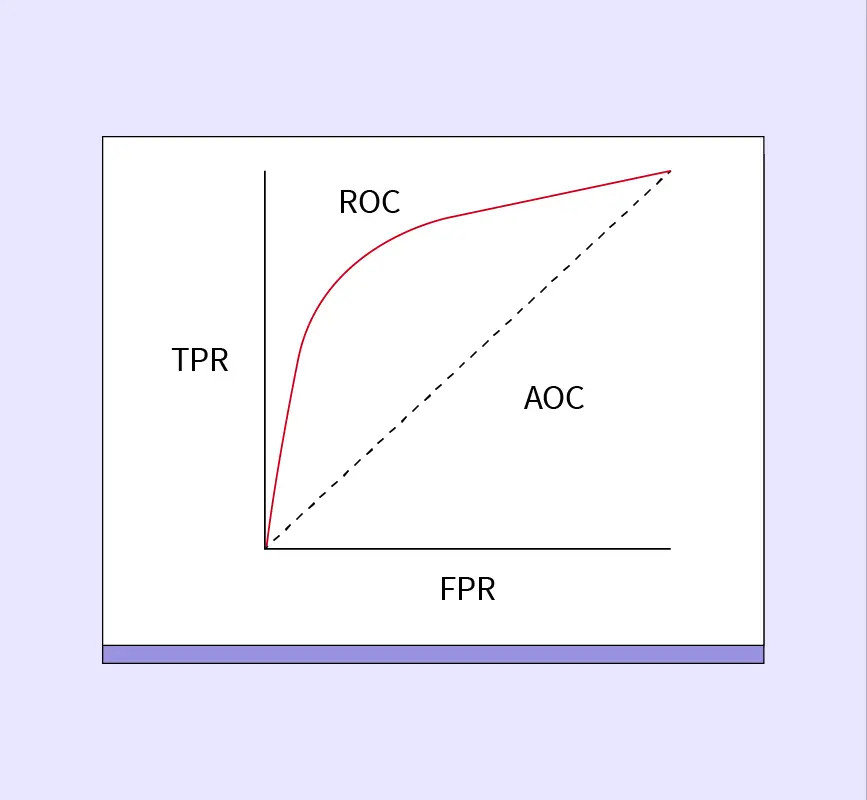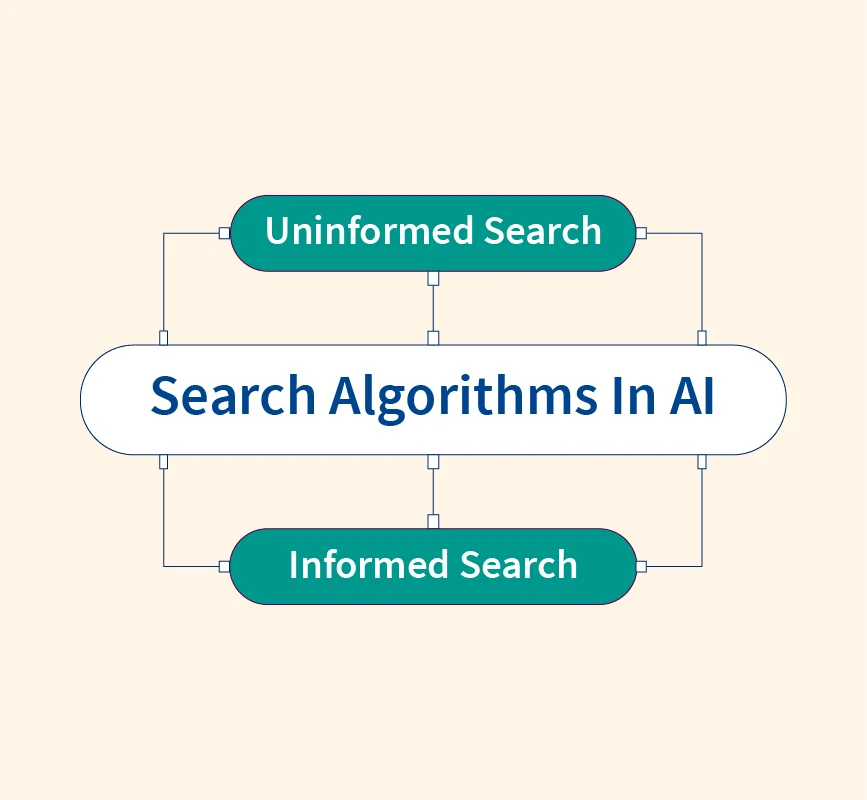Lasso Regression, short for Least Absolute Shrinkage and Selection Operator, is a linear regression technique that enhances prediction accuracy and model interpretability by performing both variable selection and regularization. Unlike traditional linear regression, which can overfit data when too many features are involved, Lasso adds a penalty to the regression equation to shrink some coefficients to exactly zero.
This unique capability makes Lasso especially valuable in scenarios with high-dimensional data or multicollinearity, where selecting the most relevant features becomes crucial. By automatically eliminating less important variables, it simplifies the model without compromising performance.
Lasso is part of the broader family of regularization techniques in machine learning, which aim to prevent overfitting by introducing additional constraints. Specifically, Lasso uses L1 regularization, distinguishing it from Ridge Regression, which uses L2. This subtle difference has a major impact on how features are treated, making Lasso a powerful tool for both predictive modeling and data-driven decision-making.
How Lasso Regression Works?
To understand how Lasso Regression works, it’s helpful to begin with standard linear regression. Linear regression models the relationship between independent variables and a continuous target variable by fitting a line (or hyperplane) that minimizes the difference between predicted and actual values. However, as the number of predictors increases—especially when many are irrelevant or highly correlated—linear regression can become unstable and overfit the data.
This is where regularization techniques like Lasso come in. Lasso uses L1 regularization, which adds a penalty equal to the absolute value of the coefficients to the loss function. This not only discourages large coefficients but also has a unique property: it can shrink some coefficients all the way to zero. As a result, Lasso naturally performs feature selection, helping to reduce model complexity and improve generalization.
Mathematical Formulation of Lasso
The objective function for Lasso Regression is:
$$\text{Minimize: } \sum_{i=1}^{n} \left(y_i – \beta_0 – \sum_{j=1}^{p} \beta_j x_{ij} \right)^2 + \lambda \sum_{j=1}^{p} |\beta_j|$$
Where:
- $y_i$ is the actual value,
- $\beta_0$ is the intercept,
- $\beta_j$ are the model coefficients,
- $x_{ij}$ are the predictor values,
- $\lambda$ is the regularization parameter.
The term $\lambda \sum_{j=1}^{p} |\beta_j|$ is the L1 penalty, which imposes a cost on large coefficients. As $\lambda$ increases, more coefficients are driven to zero, simplifying the model. When $\lambda = 0$, Lasso reduces to standard linear regression. Choosing an optimal $\lambda$ is key to balancing model complexity and accuracy.
Lasso Regularization and Feature Selection
One of the most powerful aspects of Lasso Regression is its ability to perform automatic feature selection. By applying an L1 penalty to the model coefficients, Lasso can shrink some of them exactly to zero. This means the model will exclude irrelevant or less important features, leading to a simpler and more interpretable model.
The key difference between Lasso and Ridge Regression lies in the type of regularization used. Lasso applies L1 regularization, while Ridge uses L2 regularization.
In Ridge, the penalty term is the sum of squared coefficients:
$$\lambda \sum_{j=1}^{p} \beta_j^2$$
In contrast, Lasso uses the sum of absolute coefficients:
$$\lambda \sum_{j=1}^{p} |\beta_j|$$
This distinction is crucial: L2 regularization tends to shrink coefficients uniformly but rarely zeroes them out. L1 regularization, on the other hand, creates sparsity—effectively turning some coefficients off completely.
Lasso’s feature selection capability makes it highly beneficial in high-dimensional datasets, where the number of predictors can exceed the number of observations. In such scenarios, Lasso not only reduces model complexity but also enhances generalization by focusing on the most informative variables. This makes it particularly useful in fields like genomics, finance, and text analysis, where data can be extremely wide.
When to Use Lasso Regression?
Lasso Regression is widely used across industries that handle high-dimensional data. In finance, it helps in selecting the most relevant economic indicators when predicting stock prices or credit risk. In healthcare, Lasso can identify key biomarkers or clinical features from large patient datasets to support diagnosis or treatment predictions. In marketing, it’s valuable for narrowing down consumer behavior attributes to predict customer churn or purchase intent.
Another practical advantage of Lasso is its effectiveness in handling multicollinearity—when independent variables are highly correlated. In such cases, Lasso tends to pick one variable from a group of correlated predictors while reducing the others to zero, thereby simplifying the model and enhancing interpretability.
Limitations of Lasso Regression
Despite its strengths, Lasso has some limitations. One major drawback is the bias introduced by regularization. Because it penalizes large coefficients, it can underfit the data if λ is too high, especially in datasets where all variables contribute meaningfully.
Lasso also struggles when features are highly correlated. Instead of distributing weights among them, it may arbitrarily select one and ignore others, potentially omitting useful information. In such cases, a hybrid method like Elastic Net, which combines L1 and L2 penalties, may offer better performance.
Lasso Regression vs Ridge Regression
Lasso and Ridge Regression are both regularization techniques that address overfitting in linear models, but they differ in how they handle model coefficients. Lasso uses L1 regularization, which can shrink coefficients to exactly zero, making it ideal for feature selection. Ridge, on the other hand, uses L2 regularization, which shrinks coefficients toward zero but rarely eliminates them completely.
The choice between the two depends on the problem at hand. Lasso is preferable when you suspect that only a few predictors are truly relevant, especially in high-dimensional datasets. Ridge is better suited for situations where all variables are expected to contribute modestly and multicollinearity is present.
For cases where neither Lasso nor Ridge alone performs optimally, the Elastic Net offers a balanced solution. It combines both L1 and L2 penalties, enabling feature selection while maintaining stability in the presence of correlated variables—making it a robust choice for complex regression problems.
Implementing Lasso Regression in Python
To demonstrate Lasso Regression in Python, we’ll use a sample housing prices dataset, where the goal is to predict house prices based on features like square footage, number of bedrooms, location scores, and more. This type of dataset typically contains both relevant and redundant predictors—making it ideal for Lasso, which can automatically eliminate less important variables.
Python Code Example
Start by importing necessary libraries and loading the data:
import pandas as pd
from sklearn.model_selection import train_test_split
from sklearn.linear_model import Lasso
from sklearn.preprocessing import StandardScaler
# Load dataset
data = pd.read_csv('housing.csv')
X = data.drop('Price', axis=1)
y = data['Price']
# Train-test split
X_train, X_test, y_train, y_test = train_test_split(X, y, test_size=0.2, random_state=42)
# Feature scaling
scaler = StandardScaler()
X_train_scaled = scaler.fit_transform(X_train)
X_test_scaled = scaler.transform(X_test)
# Fit Lasso model
lasso = Lasso(alpha=1.0)
lasso.fit(X_train_scaled, y_train)Cross-Validation for Lambda Optimization
To find the optimal regularization parameter λ\lambdaλ, use LassoCV which performs cross-validation internally:
from sklearn.linear_model import LassoCV
lasso_cv = LassoCV(cv=5)
lasso_cv.fit(X_train_scaled, y_train)
print("Optimal λ:", lasso_cv.alpha_)This helps in automatically selecting a value of λ\lambdaλ that minimizes prediction error, ensuring a well-generalized and sparse model.
Implementing Lasso Regression in R
We’ll use a sample housing dataset similar to the one used in the Python example. This dataset contains predictors such as square footage, number of rooms, age of the property, and location scores, with the target variable being the house price. The dataset is well-suited for Lasso Regression due to the potential presence of irrelevant or correlated features.
R Code Example
To implement Lasso Regression in R, we’ll use the popular glmnet package, which supports both L1 and L2 regularization. The input features must be in matrix form, and the target variable should be numeric.
# Load required libraries
library(glmnet)
# Load and prepare data
data <- read.csv("housing.csv")
X <- as.matrix(data[, -which(names(data) == "Price")])
y <- data$Price
# Split into training and test sets
set.seed(42)
train_indices <- sample(1:nrow(data), 0.8 * nrow(data))
X_train <- X[train_indices, ]
y_train <- y[train_indices]
X_test <- X[-train_indices, ]
y_test <- y[-train_indices]
# Fit Lasso model with cross-validation
lasso_cv <- cv.glmnet(X_train, y_train, alpha = 1)
# Optimal lambda
lambda_opt <- lasso_cv$lambda.min
cat("Optimal λ:", lambda_opt, "\n")
# Final model
lasso_model <- glmnet(X_train, y_train, alpha = 1, lambda = lambda_opt)Evaluating Lasso Model Performance
Evaluating the performance of a Lasso Regression model involves both quantitative metrics and qualitative interpretation. Common evaluation metrics include Root Mean Squared Error (RMSE), Mean Absolute Error (MAE), and R-squared (R²). RMSE and MAE measure prediction accuracy—lower values indicate better performance. R² explains the proportion of variance in the target variable captured by the model, with values closer to 1 indicating a better fit.
In addition to metrics, Lasso’s ability to perform feature selection enhances interpretability. By examining the non-zero coefficients, we can identify which predictors are most influential. This is especially valuable in domains where model explainability matters, such as finance or healthcare.
Lasso also contributes to bias-variance trade-off management. By introducing regularization, it increases bias slightly while reducing variance, thus improving generalization to unseen data. Cross-validation is crucial for verifying model robustness and ensuring the chosen λ\lambdaλ balances complexity and accuracy effectively.
Conclusion
Lasso Regression is a powerful tool that combines the strengths of linear modeling with automatic feature selection. By applying L1 regularization, it reduces model complexity, enhances interpretability, and helps prevent overfitting—especially in high-dimensional datasets. Its ability to shrink irrelevant coefficients to zero makes it ideal for applications where clarity and simplicity are key. Lasso is particularly effective when only a subset of predictors is expected to be significant. When faced with multicollinearity or a need for variable selection, Lasso offers a practical and efficient alternative to traditional regression models like Ridge or ordinary least squares.
References:


